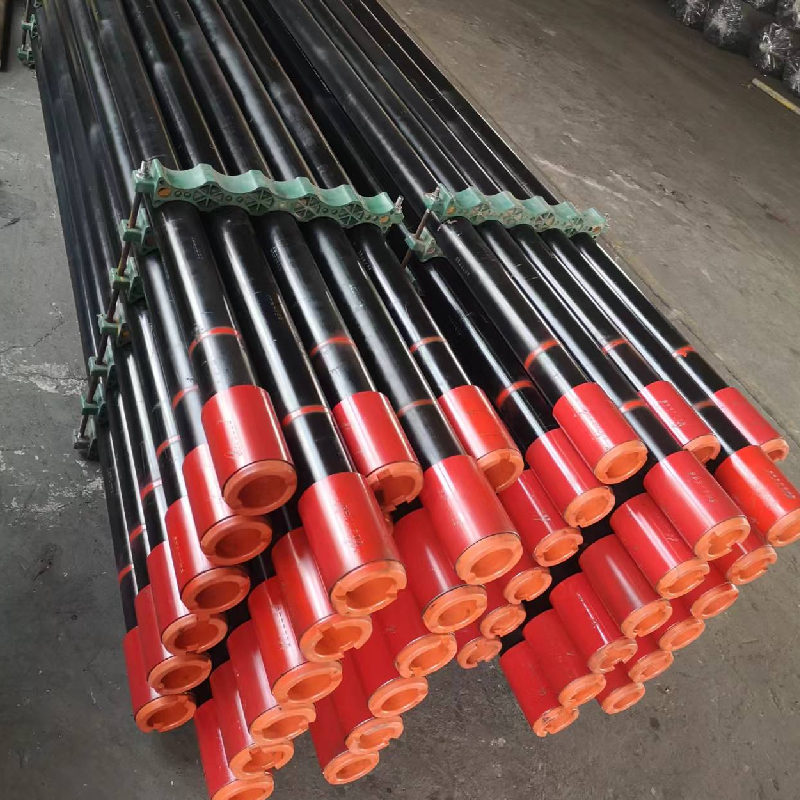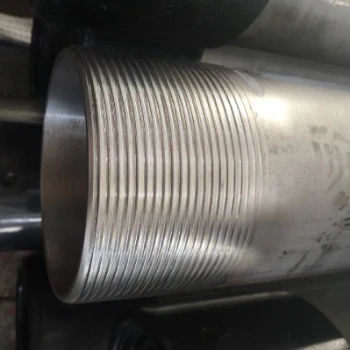- Afrikaans
- Albanian
- Amharic
- Arabic
- Armenian
- Azerbaijani
- Basque
- Belarusian
- Bengali
- Bosnian
- Bulgarian
- Catalan
- Cebuano
- Corsican
- Croatian
- Czech
- Danish
- Dutch
- English
- Esperanto
- Estonian
- Finnish
- French
- Frisian
- Galician
- Georgian
- German
- Greek
- Gujarati
- Haitian Creole
- hausa
- hawaiian
- Hebrew
- Hindi
- Miao
- Hungarian
- Icelandic
- igbo
- Indonesian
- irish
- Italian
- Japanese
- Javanese
- Kannada
- kazakh
- Khmer
- Rwandese
- Korean
- Kurdish
- Kyrgyz
- Lao
- Latin
- Latvian
- Lithuanian
- Luxembourgish
- Macedonian
- Malgashi
- Malay
- Malayalam
- Maltese
- Maori
- Marathi
- Mongolian
- Myanmar
- Nepali
- Norwegian
- Norwegian
- Occitan
- Pashto
- Persian
- Polish
- Portuguese
- Punjabi
- Romanian
- Russian
- Samoan
- Scottish Gaelic
- Serbian
- Sesotho
- Shona
- Sindhi
- Sinhala
- Slovak
- Slovenian
- Somali
- Spanish
- Sundanese
- Swahili
- Swedish
- Tagalog
- Tajik
- Tamil
- Tatar
- Telugu
- Thai
- Turkish
- Turkmen
- Ukrainian
- Urdu
- Uighur
- Uzbek
- Vietnamese
- Welsh
- Bantu
- Yiddish
- Yoruba
- Zulu
Faoi . 20, 2025 02:33
Back to list
tubing coupling
Tubing couplings play a crucial role in the oil and gas industry, serving as vital connectors between different sections of tubing. These components ensure the smooth flow of hydrocarbons from reservoirs to the surface. Understanding the intricacies of tubing couplings can significantly impact the efficiency and safety of drilling operations.
Furthermore, the expertise of personnel handling the installation and maintenance of tubing couplings is paramount. Trained professionals who understand the technical specifications and operational nuances can ensure that couplings are installed correctly and maintained properly throughout their lifecycle. This reduces the risk of failures, which can lead to costly downtime and potential safety hazards. Authoritative bodies like the American Petroleum Institute and the International Organization for Standardization provide guidelines and standards that oversee the manufacturing and testing of tubing couplings. Adhering to these standards enhances the quality and reliability of the couplings, fostering trust among end-users regarding their safety and efficiency. Moreover, the coupling design continues to evolve, with advancements aimed at improving performance and extending the service life of the components. Innovations such as the use of advanced materials, enhanced thread designs, and coatings have all contributed to increased coupling reliability. Establishing trust in tubing couplings also involves transparency from manufacturers about their testing and quality assurance processes. End-users should be informed about the specific tests that couplings undergo, such as pressure tests and fatigue tests, which are vital in determining their suitability for various applications. Ensuring transparency and accountability from suppliers builds confidence in the users who rely on these components for the safe and efficient operation of their drilling operations. In conclusion, the strategic selection, expert installation, and diligent maintenance of tubing couplings are vital components of successful oil and gas operations. Their reliability ensures continuous production, reduces the risk of environmental incidents, and increases operational safety. As the industry advances, the continued development and understanding of tubing couplings will remain a focal point for professionals aiming to enhance efficiency and sustainability in resource extraction.


Furthermore, the expertise of personnel handling the installation and maintenance of tubing couplings is paramount. Trained professionals who understand the technical specifications and operational nuances can ensure that couplings are installed correctly and maintained properly throughout their lifecycle. This reduces the risk of failures, which can lead to costly downtime and potential safety hazards. Authoritative bodies like the American Petroleum Institute and the International Organization for Standardization provide guidelines and standards that oversee the manufacturing and testing of tubing couplings. Adhering to these standards enhances the quality and reliability of the couplings, fostering trust among end-users regarding their safety and efficiency. Moreover, the coupling design continues to evolve, with advancements aimed at improving performance and extending the service life of the components. Innovations such as the use of advanced materials, enhanced thread designs, and coatings have all contributed to increased coupling reliability. Establishing trust in tubing couplings also involves transparency from manufacturers about their testing and quality assurance processes. End-users should be informed about the specific tests that couplings undergo, such as pressure tests and fatigue tests, which are vital in determining their suitability for various applications. Ensuring transparency and accountability from suppliers builds confidence in the users who rely on these components for the safe and efficient operation of their drilling operations. In conclusion, the strategic selection, expert installation, and diligent maintenance of tubing couplings are vital components of successful oil and gas operations. Their reliability ensures continuous production, reduces the risk of environmental incidents, and increases operational safety. As the industry advances, the continued development and understanding of tubing couplings will remain a focal point for professionals aiming to enhance efficiency and sustainability in resource extraction.
Next:
Latest news
-
Tubing Pup Joints: Essential Components for Oil and Gas OperationsNewsJul.10,2025
-
Pup Joints: Essential Components for Reliable Drilling OperationsNewsJul.10,2025
-
Pipe Couplings: Connecting Your World EfficientlyNewsJul.10,2025
-
Mastering Oilfield Operations with Quality Tubing and CasingNewsJul.10,2025
-
High-Quality Casing Couplings for Every NeedNewsJul.10,2025
-
Boost Your Drilling Efficiency with Premium Crossover Tools & Seating NipplesNewsJul.10,2025
Related Products







